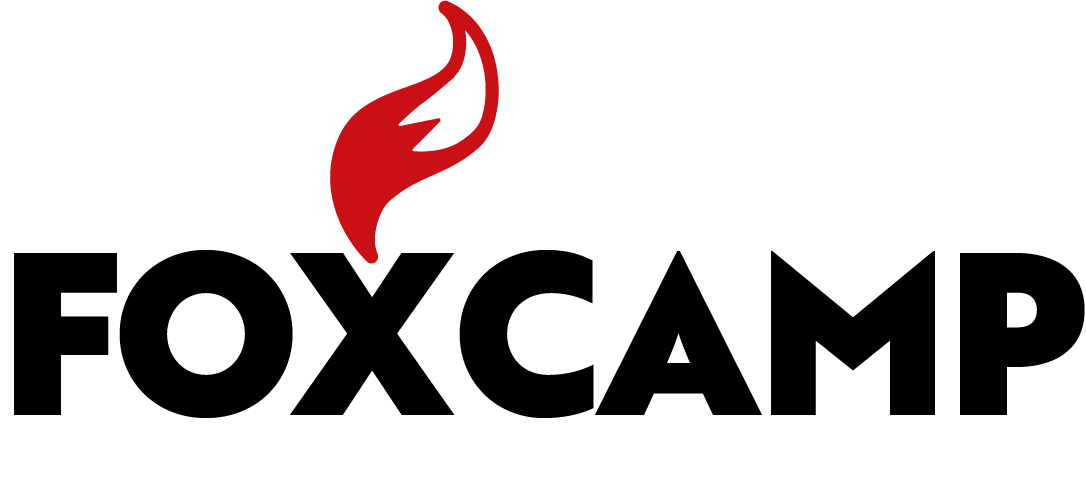Types
Typically, there are nine types of logos in use. Which style speak story you the most?

Wordmarks (a.k.a. logotypes) consist of the company’s name, written in a certain typeface. While this may sound very straightforward, as Steve Jobs said, “Simple can be harder than complex.”
Examples: Wix, Coca-Cola, Subway, Casper, Kellogg’s, eBay

Logo Symbols are graphic icons, symbols or images that reflect the brand’s identity. Normally, these types of logos represent an object from the real world. Some of the best logos using symbols are the kind that you instantly know.
Examples: Shell, Apple, Twitter, Target, and Instagram.

Emblems, also known as badge logos, are typically reminiscent of crests. They combine text and symbolic imagery to form ornate designs with a traditional feel.
Examples: Starbucks, Stella Artois, Harley-Davidson, NFL, Warner Brothers, Manchester United.

Letterforms are one-letter logos that only include the first letter of the company’s name. Often, brands will have an additional version of their logo that comprises their full business name to be used on different occasions.
Examples: Facebook, McDonald’s, Netflix, Pinterest and Uber.

Abstract Logo Marks; These are image-based logos that use abstract forms to reflect a company’s branding. Unlike pictorial marks that represent a real object, abstract logo marks are more metaphorical.
Examples: Airbnb, Chanel, Nike, Olympics, Adidas and Pepsi.

Combination Marks combine images with words. For example, a combination logo could consist of an icon with a wordmark, a mascot with a letterform and so on. Some brands have one main logo in the form of a combination mark, while occasionally splitting up the text and imagery to better suit various contexts.
Examples: Taco Bell, Toblerone, Dropbox, CVS, Dove and NBC.

Lettermarks (a.k.a. monogram logos) are typography logos that are made up of the brand’s initials. In most cases, brands that have monogram logos are referred to by their abbreviated version when speaking, like IBM and NASA
Examples: HBO, IBM, NASA, CNN, and HP

Mascot logos consist of illustrated characters that act as visual representations or “ambassadors” for a brand. They can be anything from fictitious creatures to real people, as long as they reflect the brand’s identity.
Examples: The Michelin Man, Colonel Sanders and Mr. Peanut.

Dynamic Marks are kind of a unique anomaly in that they can take on many forms. This may sound strange, since a general rule of logo design is consistency, however, that is precisely what makes dynamic logos so versatile. It is through that very consistency that dynamic logos thrive.
Examples: MTV, Hilary Clinton, Google, Nickelodeon and Virgin.
